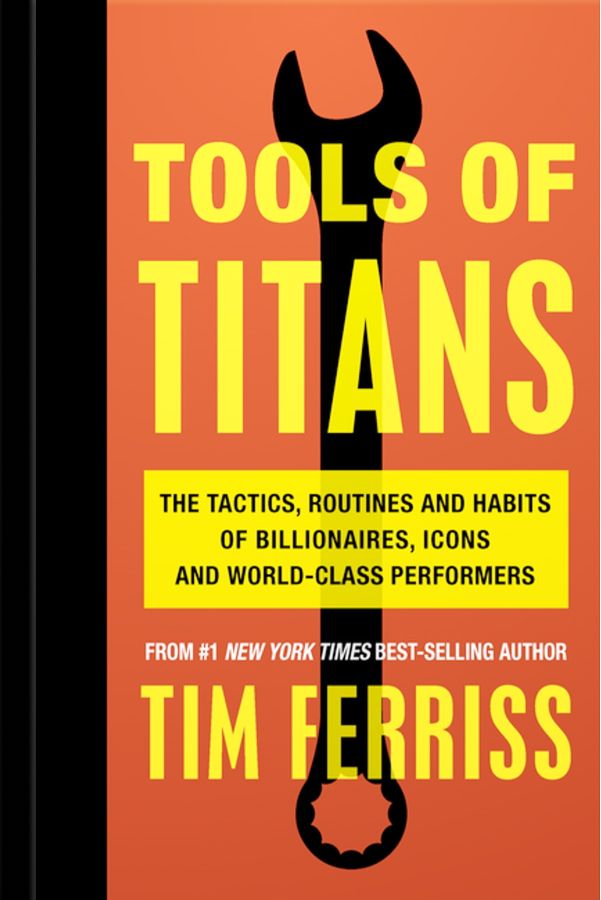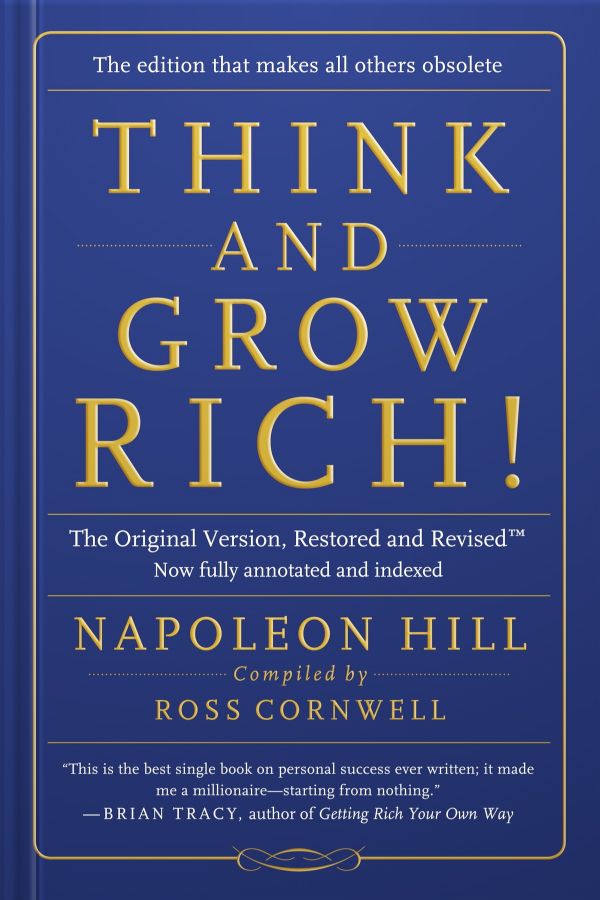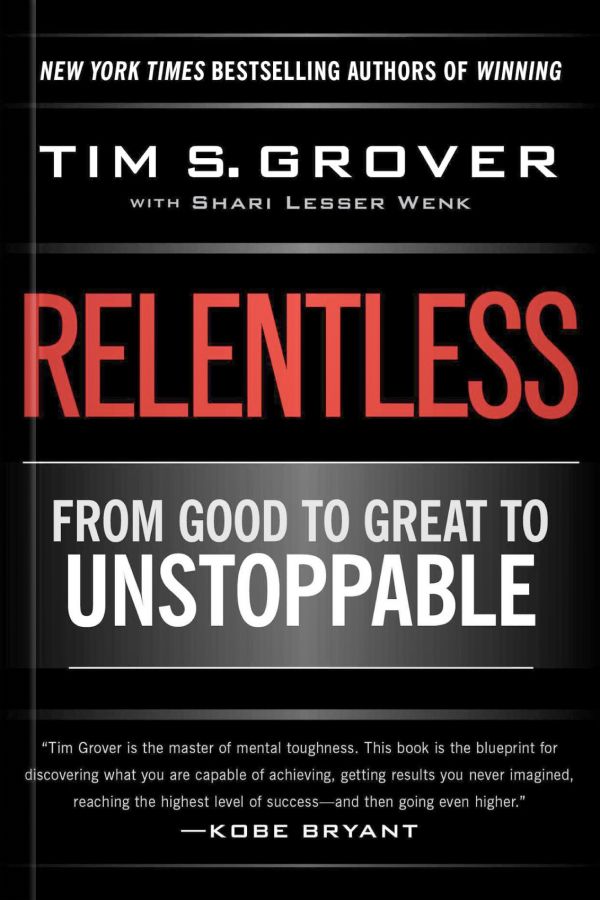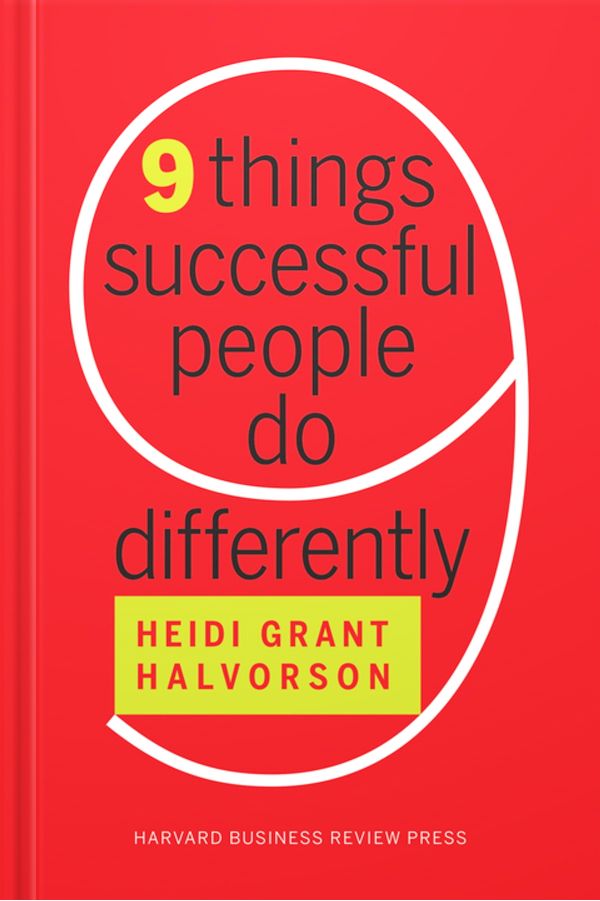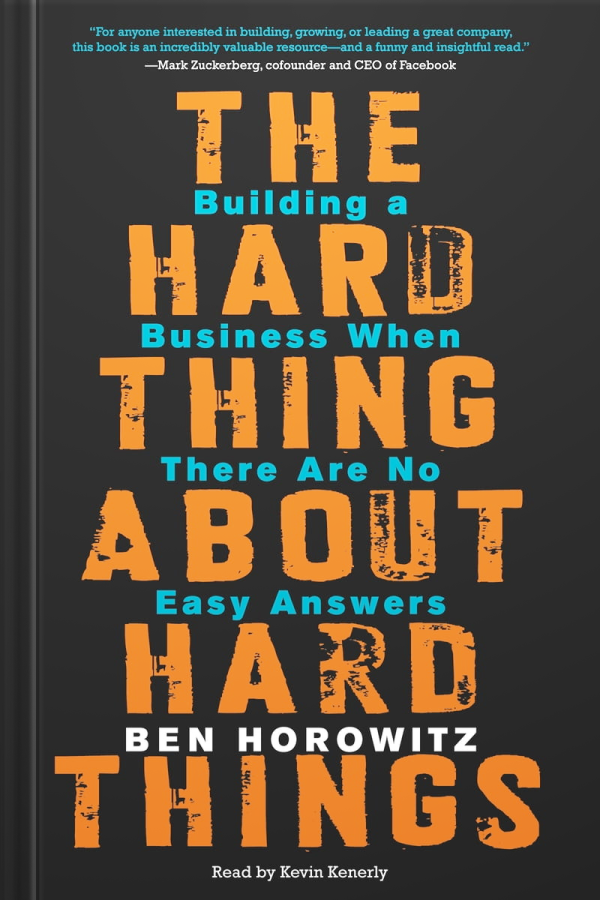
Business
The Hard Thing About Hard Things
1. What am I not doing?
As a leader, always ask yourself, “What am I not doing?” This question will often reveal some of the blind spots in your approach and strategy.
2. Don’t ignore the negative
It’s easy to look only at what’s going well and act on those positive results while ignoring or explaining away the things that aren’t going well. Avoid this trap. It will leave you with fewer insights and a strategy with potential holes.
3. Drop the excuses
Nobody wants to hear your excuses about why something didn’t get done or didn’t go as planned. Instead of focusing on detailing what happened, focus on what you can do to improve the situation and do better next time.
4. Hire for strengths
When interviewing, it’s easy to go with a well-rounded candidate who is good in many areas and has no identifiable weaknesses. But this can be a big mistake. Instead of hiring for lack of flaws, hire for strengths. So if someone has impressive technical capabilities and average communication skills, hire that person over the candidate who is good but not great at either skill.
5. Training and performance management
Training requires clear expectations. Write a document that clearly articulates what a successful vs. unsuccessful person looks like in the role. Without proper expectation setting, performance management is sloppy and inconsistent.
6. Group communication
To have strong group communication, you need to define the process and structure of communication. For example, the expectations and purpose of every meeting should be obvious.
7. Trust
Trust is essential to facilitating healthy and successful professional interactions. If people trust you, they will listen to you, even if you are not as articulate as you could be.
8. Feedback
Feedback is incredibly delicate. The classic advice of giving a “shit sandwich” may work for a new employee but not someone more sophisticated. With all of your feedback, be authentic and express a genuine desire to give feedback to help the other person succeed. Be direct. Finally, understand that there is no one size fits all approach to feedback.





















